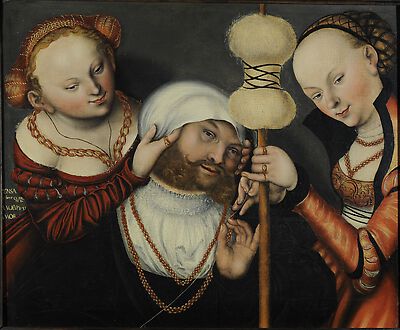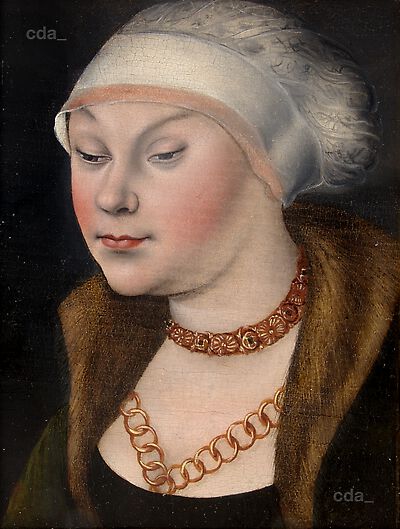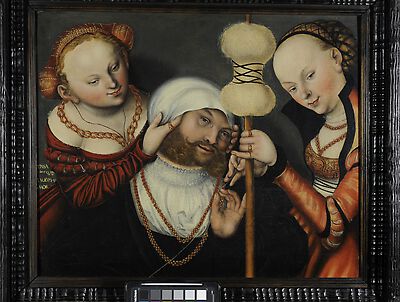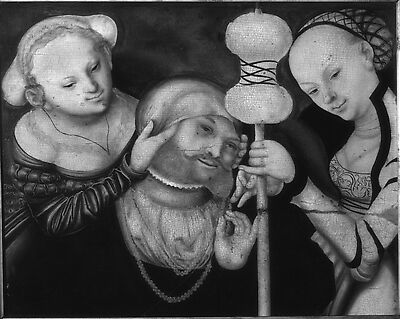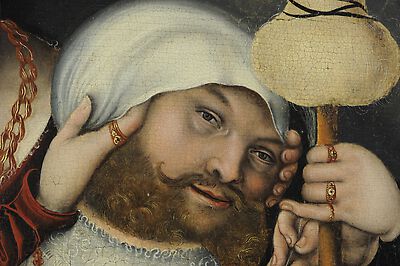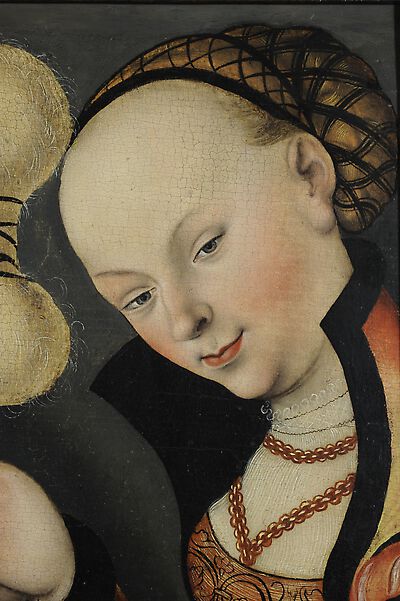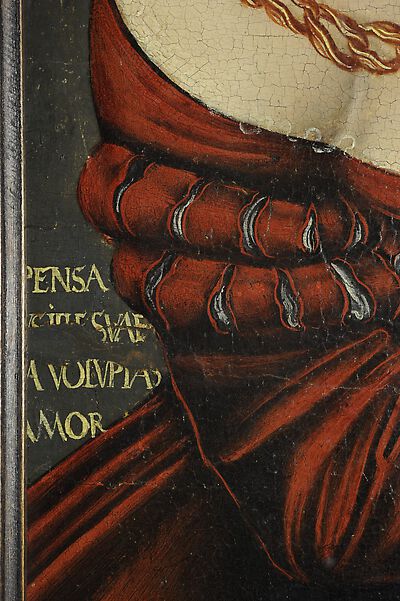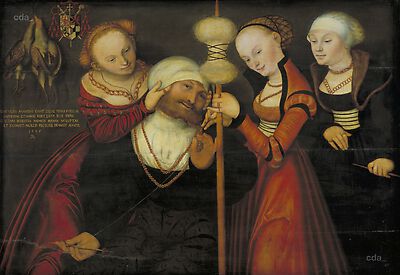'Among the mythological subjects the depiction of Hercules and Omphale was particularly popular. It is based on a Hellenistic variant of the numerous legends associated with Hercules. The hero succumbs to the charms of the Lydian Queen, and becomes her lover. Omphale binds him to her by ensuring that Hercules
'Among the mythological subjects the depiction of Hercules and Omphale was particularly popular. It is based on a Hellenistic variant of the numerous legends associated with Hercules. The hero succumbs to the charms of the Lydian Queen, and becomes her lover. Omphale binds him to her by ensuring that Hercules quite literally becomes more effeminate while enjoying the Lydian pleasures. He becomes fat, he allows himself be clothed in female garments, he gives his lion skin and club to Omphale taking instead the distaff offered to him by the maidens and as such does work typically associated with women. This tale was thus ideally suited to illustrate the 'incorrect world' ('verkehrten Welt') like the 'Weiberlisten'. These subjects were very popular in the Late Middle Ages and the Renaissance. Cranach's workshop produced numerous variants of this painting, with different additional figures, that may have served to individualize a painting for a particular customer by depicting members from his household.'
[Exhib. Cat. Aschaffenburg 2007, 321, No. 67]
